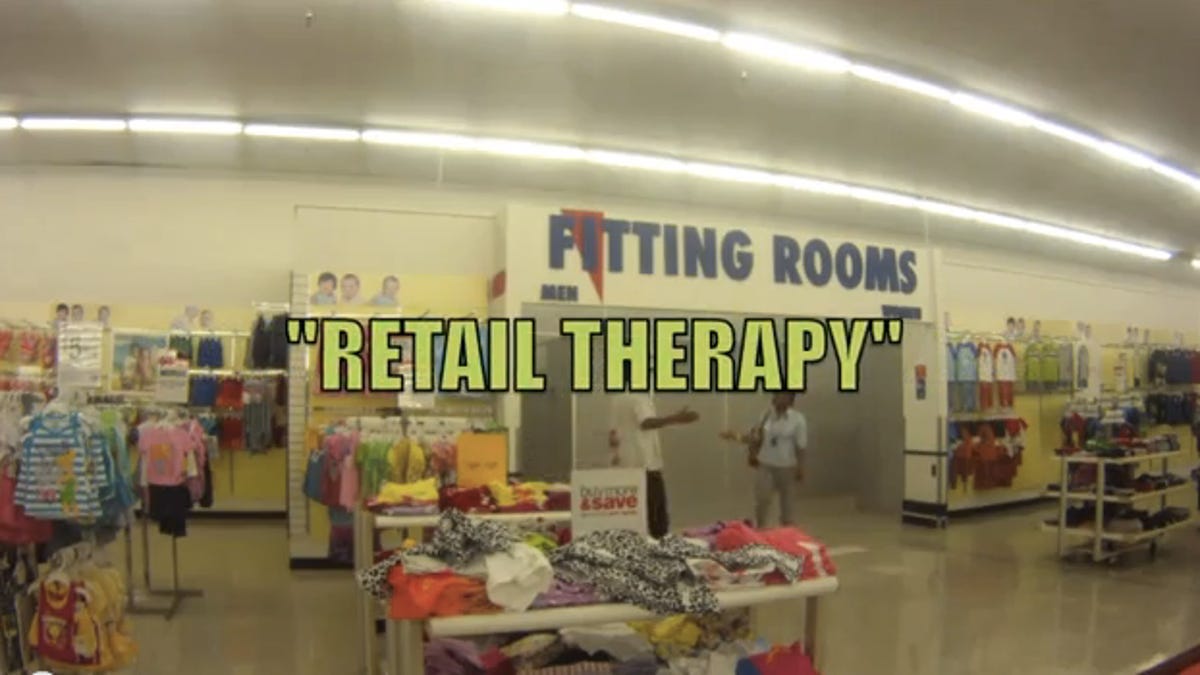Shopping is therapy, say more than half Americans
The lure of instant online shopping is made very clear by a survey that suggests 64 percent of women and 40 percent of men confess that shopping is a prime mood changer. But their shopping therapies differ.

A decent shrink costs at least $100 an hour.
A decent pair of shoes can cost you the same and they last a lot longer. They understand you better too.
Surely, therefore, we shouldn't be surprised that more than half of all Americans admit that if they want to feel better, shopping is their chosen Xanax.
With just a click or two, you can be clicking your heels and forgetting the awful lover who told you that this was surely forever before becoming surly last night.
I have on my screen the results of a survey performed by TNS Global on behalf of Ebates, a company that rather likes it if people shop, as it makes its money from online cash back shopping.
Still, the conclusions -- rare for any kind of survey -- will offer an appealing peeling of truth for so many harried (and married) humans.
A fulsome 63.9 percent of women admitted that, yes, retail therapy is buried deep within their souls as a mood enhancer. A mere 39.2 percent of men were able to be open enough to make the same admission.
Most therapists tell me that men are, indeed, harder work, far less open, and infinitely less rewarding.
Naturally, the respondents had their own reasons why they turned to their online and offline shopping skills to ease their furrowed brows.
The favorite was a bad day at work. Which might explain why some clever online retailers like to hold snap sales in the evening.
Another big driver of the need for a retail upper was the occurrence of bad news. Any kind of bad news, really. Cat has to go to the vet? Buy yourself a sweater. Passed over for a promotion? Get yourself a Samsung Galaxy S4. Spouse left you? Buy a new pair of suede, thigh-length boots.
Actually, men and women have slightly different priorities as to what sort of shopping will lighten their load, while burdening their bank account.
Women plump for clothes, then food, then shoes. Accessories and books/magazines round out their top five of doctor-unrecommended feelgoods.
Men, on the other hand, choose food as their prime mental painkiller. Goodness, how this shows in real life.
Food is followed by electronics and music/movies. Clothes waddle in a mere fourth. With games/toys clambering up to fifth.
What conclusions can we draw from these depths of despair?
We can certainly confirm that people get miserable quite easily. Their fragile egos, perched on a promontory which could see them topple into chilly waters at the tiniest gust of an ill wind, need bolstering with an instantaneousness that only online shopping can offer.
They surf, they zoom, they click and they feel loved.
It's just an illusion. But, frankly, so were most of their previous friends, lovers and bosses.
The greatest feelings of joy, one suspects (i.e. knows) come not from the initial click on "purchase," but on seeing the parcel delivered by MyHabit, Apple or ASOS right to their doors.
It's as if someone cared. Truly, madly and deeply.

